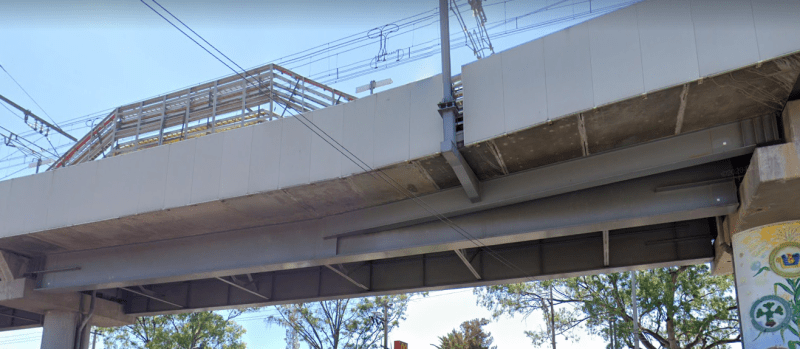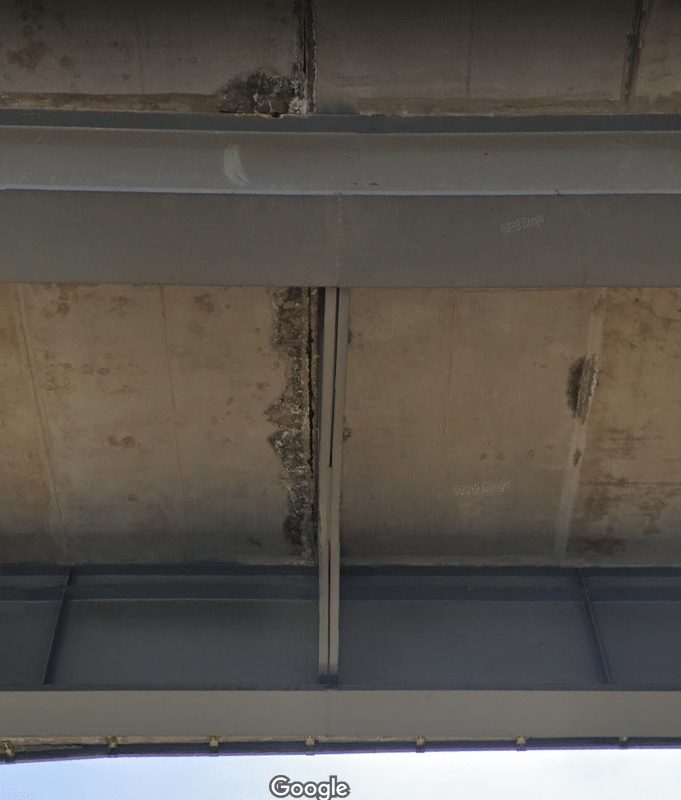According to the story, this section of the line was built in 2012.
The very beginning of this video shows the collapse via security camera footage.
The very beginning of this video shows the collapse via security camera footage.
Follow along with the video below to see how to install our site as a web app on your home screen.
Note: This feature may not be available in some browsers.
wiktor said:So, it would be either fatigue crack at the tension flange, or buckling of the entire beam.



